Note: This website was automatically translated, so some terms or nuances may not be completely accurate.
Reflecting on the Rio Olympics from an Art Perspective

Hiroshi Onishi
Tokyo University of Science
Hello, I'm Hiroshi Onishi, a member of the "Art Circuit" project. While I was involved in this project as an employee of Dentsu Inc., I transferred to Tokyo University of Science in April. As a researcher, I am now engaged in art marketing research to elucidate and promote the mutual relationship between art and society (individuals and corporations).
For the third installment of this series, we explore art and society using the Olympics as our subject—a topic that has recently captured the world's attention like no other, transcending generations and interests.
The Rio 2016 Games featured numerous art projects collectively called the "Cultural Program." I will introduce several examples based on keywords that emerged when viewing these art projects as a whole.
The Festival of Sport and Culture Expressed at the Rio Olympics Closing Ceremony
During the Rio Olympics Closing Ceremony on August 21, the Flag Handover Ceremony featuring Prime Minister Shinzo Abe appearing as Super Mario drew global media attention ( The New York Times Digital Edition, August 22 ). By featuring a globally recognized character to promote Japanese-originated content while employing futuristic and innovative visual expressions, I personally felt it was a superb artwork that conveyed the appeal of "contemporary Japanese culture" within a short timeframe.
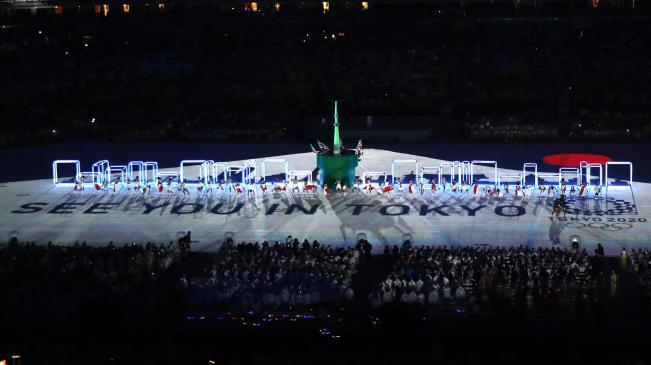
The reason Japan showcased its culture at the closing ceremony of the Rio Olympics, a festival of sports, wasn't solely to highlight Japan's strengths and draw attention to Tokyo and Japan. In fact, the Olympics also embody a festival of culture and art, and the closing ceremony, along with various other aspects of the Games, served as a stage for this expression. Indeed, this flag handover ceremony was planned and produced by many creators representing Japan. Baron de Coubertin, who founded the modern Olympics, believed "sports" and "culture" were inseparable in the Olympics. In the early Games, medals were awarded for artistic competitions alongside sports events ( Stromberg 2012, "When the Olympics Gave Out Medals for Art" ). Furthermore, as mentioned in the first installment of this series, the Olympic Charter includes a provision called the "Cultural Olympiad." Since the 1912 Stockholm Games, host countries have implemented cultural programs ( Ōshita 2015, "Research on Olympic Cultural Programs and Proposals for a 'Regional Arts Council'" ). London 2012 is often cited as a particularly successful example of a cultural program. Beyond its economic impact, it enhanced London's brand reputation and led to increased tourist numbers after the Games.
For the Rio 2016 Games, various constraints existed compared to London, primarily due to ongoing financial issues. Nevertheless, numerous projects were implemented under the official cultural program "Celebra." Incidentally, this official program solicited participation ideas from the general public to enable individuals and organizations to voluntarily launch projects. Even public ideas, if approved, could use the official logo and receive support. In other words, by allowing anyone to participate in the cultural program, not just through sports, the door to Olympic participation was opened wider.
Five Keywords to Remember About the Rio Olympics Through Art
Now, drawing inspiration from the five rings symbol, let's revisit the art projects from the Rio Olympics' cultural program through five key themes.
1.The Opening Ceremony as an Artistic Celebration
The Rio Olympics Opening Ceremony on August 5th was a moving event that instantly dispelled pre-Games anxieties about security issues and delays in preparations due to financial problems. Particularly striking was the cauldron. Utilizing the power of wind, its numerous metal plates and glass spheres moved dynamically to reflect the flame, creating a dazzling sparkle. Online reactions included comments like "Fantastic!", "It had an epic final boss vibe!", and "Is it going to shoot a beam???" – leaving a profound impression. This cauldron, created by American kinetic artist Anthony Howe, is an art piece over 12 meters tall and weighing 2 tons. Its structure uses wind power to move the frame and increase the flame's intensity, making the burner itself small. Reportedly, it became the most fuel-efficient cauldron in Olympic history, perfectly aligning with the opening ceremony's theme of "environmental protection."
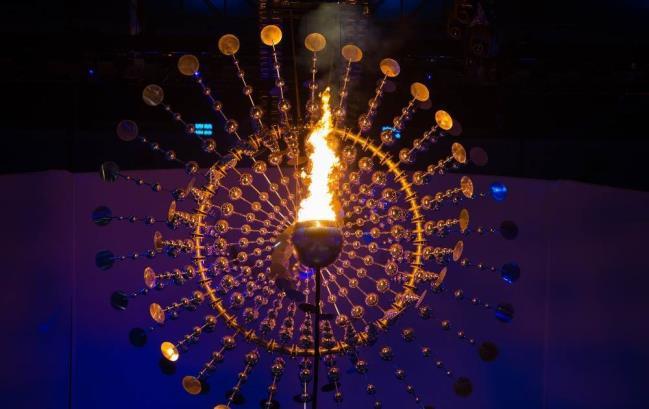
Regarding his intent, Howe stated, "I replicated the sun, recreating its energy waves and light reflections. I want people to feel, from this cauldron and the Rio Games themselves, that there are no limits to what humanity can achieve." Furthermore, in addition to the cauldron at the Maracanã Stadium, a smaller cauldron was installed in front of the Candelária Church in Rio's historic downtown. It has become a popular spot for citizens and tourists to take photos. The fact that this cauldron was immediately perceived as a symbol representing the Rio Games is likely due in large part to the expressive power of the art the artist infused into the work.
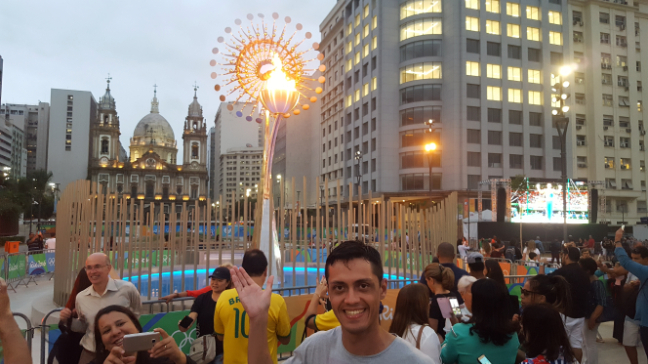
Furthermore, the overall direction of the opening ceremony was handled by Brazilian film director Fernando Meirelles. The dance themed around Japanese immigrants expressed the history and culture of Brazil, a multi-ethnic nation where various races, ethnicities, and cultures collide and fuse. Particularly notable was the large-scale projection mapping, where buildings appeared to grow and stretch one after another, perfectly synchronized with performers climbing and running across the projected images.

The Olympic opening ceremony, broadcast worldwide, presents a crucial opportunity to showcase a nation's culture. This Games succeeded in conveying Brazilian culture globally through moving staging and innovative visual technology. Furthermore, the artistic expression of the cauldron and the Games' theme overlapped, creating a powerful impression as a symbol representing the Rio Olympics.
2.Brazilian Artists in Action
Numerous local Brazilian artists also participated in the cultural program. Renowned graffiti artist Eduardo Kobra completed the world's largest mural, spanning 2,500 square meters, on a building in Rio de Janeiro. Brazil is home to a diverse mix of races and religions, including European, African, Native American, Arab, and Asian influences. This vibrant and dynamic work, titled "Ethnicities Mural," was inspired by the Olympic rings and represents the ethnicities and cultures of the five continents. Cobra visited Japan this year, and his massive wall art on the rooftop of Seibu Ikebukuro could be seen until the end of August.
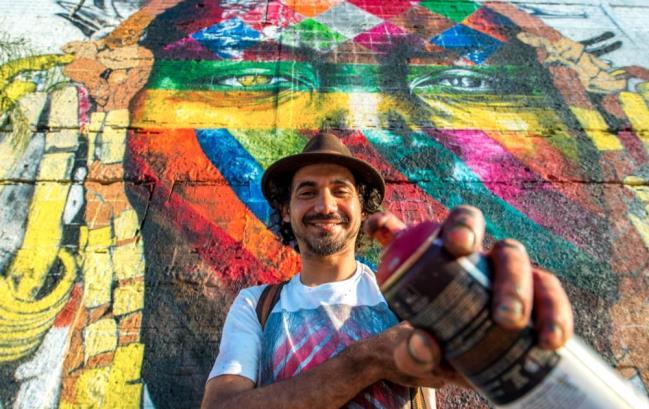
Additionally, the São Paulo-based artist duo VJ SUAVE performed "SUAVECICLO," a street performance where they rode around the city on a tricycle loaded with a laptop, projector, and speakers, projecting animated images onto walls and roads. They freely chose performance locations while cycling through the city, improvising image transitions based on interactions with the audience who happened to gather there.
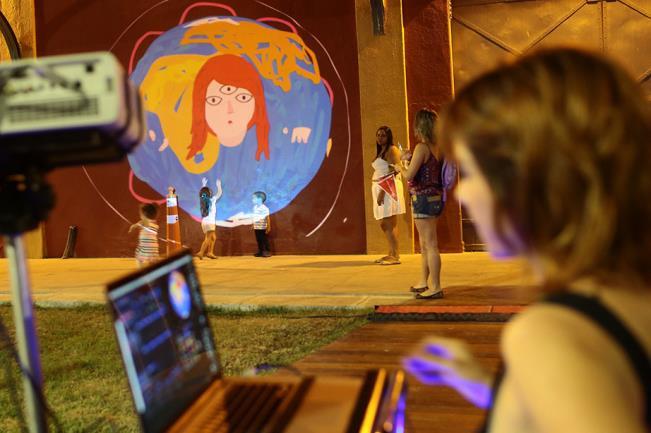
Precisely because the Olympics are a globally watched event, local Brazilian artists were given opportunities to shine. It served not only as a platform for established artists to participate and energize the Games, but also as a chance for emerging artists to have their work seen by a global audience, potentially leading to future recognition.
3.Multicultural Exchange
The cultural program featured the inaugural Artist-in-Residence initiative, with creative activities taking place throughout Rio's streets. The "Inside Out" project saw French artist JR engage with Rio residents and tourists, photographing them and turning their images into posters displayed throughout the city. He also created "THE GIANTS," a work using his signature trompe l'oeil technique to install giant athlete photographs on apartment rooftops and other locations. This high jumper in the photo is a refugee athlete from Sudan. The artist himself tweeted: "Couldn't compete in this Games, but somehow he's there :)".
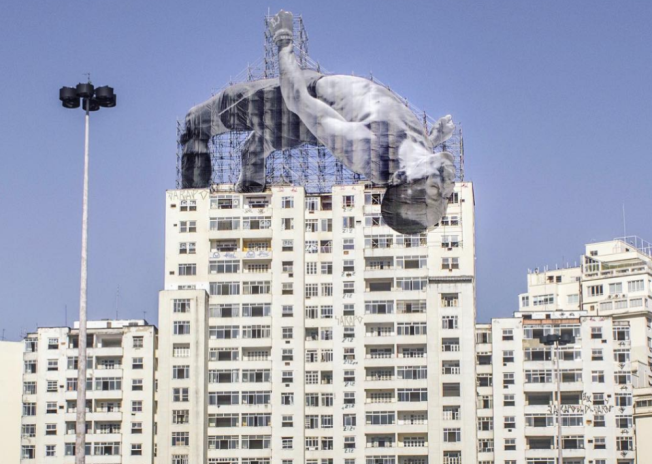
Another artist invited for the Artist in Residence program, American artist Gerald Andal, created an art piece posting videos using the 6-second video SNS Vine. He conveys the atmosphere of Rio buzzing with excitement for the Games through videos filled with humor and surprise, bringing a sense of immediacy.


This initiative was highly noteworthy, as it went beyond simply commissioning foreign artists to create Olympic-themed artworks. Instead, it involved hosting them in Brazil to foster cultural exchange while they created their pieces. Expressing perspectives from an outsider's viewpoint can spark greater interest in their own culture among a wider audience. Unfortunately, however, the artists' stay this time was short, and it seems the resulting works did not fully reflect a deep cultural exchange or interaction.
4.Participation of Japanese Artists
Japanese artist Mariko Mori permanently installed her new work "Ring: One with Nature" atop Véu da Noiva (Bride's Veil), a waterfall approximately 58 meters high in Rio de Janeiro state, on August 2, ahead of the opening ceremony. With support from the New York-based public foundation Faou Foundation, she is undertaking a long-term project to install site-specific artworks (works specially planned and created for outdoor locations away from museums) on six continents, based on the concept of "harmony between nature and humanity." This work is the second in that series. The ring-shaped work, featuring the motif of the five Olympic rings, displays a beautiful shift in brilliance from blue to gold as the sun rises and the angle of sunlight changes. The artist commented on this work: "The Olympic rings symbolize all nations and all peoples, representing a wish for world peace. This work, both in its symbolic meaning and its very existence, becomes a symbol of harmony between humanity and nature, adding another new ring to the Olympics."

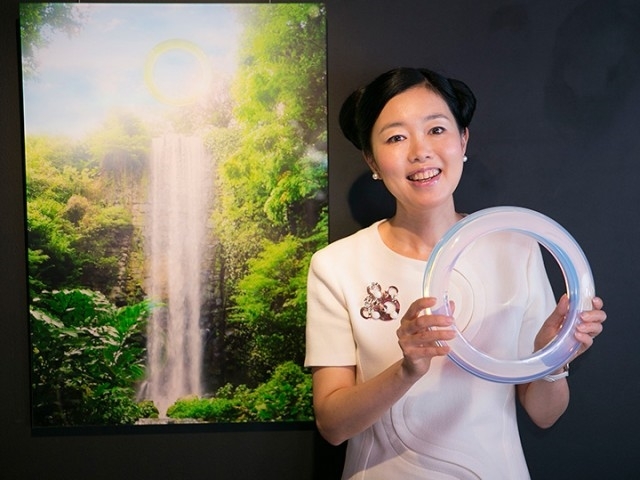
This project is being implemented as an official cultural program with the support of a New York-based public foundation. In fact, it seems that despite being planned as part of the official cultural program, many projects besides Mori's work could not be realized due to financial issues. The previous London Games achieved a track record of realizing numerous projects by actively seeking support from private companies and utilizing citizen volunteers. I believe the challenge lies not only in public funding but also in how effectively private resources can be leveraged.
5.Concentration on Olympic Boulevard
Many of the artworks related to the Rio Olympics cultural projects were exhibited during the Games at the "Olympic Boulevard," established in the Centro district of Rio's historic city center. Olympic Boulevard also featured pavilions from official sponsors. Beyond artworks, it hosted over 100 concerts, street performances, and interactive events, attracting an estimated 4 million visitors during the Games. This historic center includes the Porto Maravilha district, a redevelopment highlight for the Games thanks to improved security and the launch of a new tram system. Furthermore, the port area saw the opening of the new ocean-facing "Museu do Amanhã" (Museum of Tomorrow) late last year. Designed by Spanish architect Santiago Calatrava, the building's distinctive, floating appearance has contributed to revitalizing the area as a new tourist attraction.
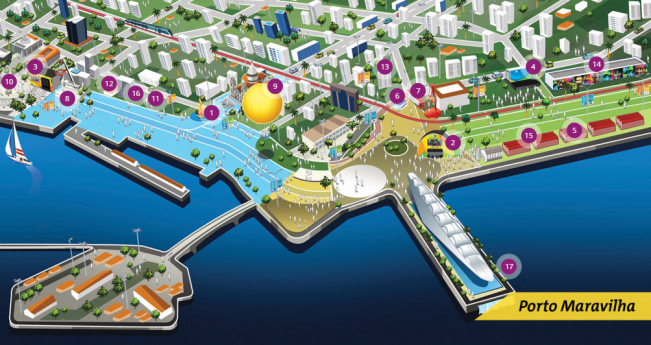
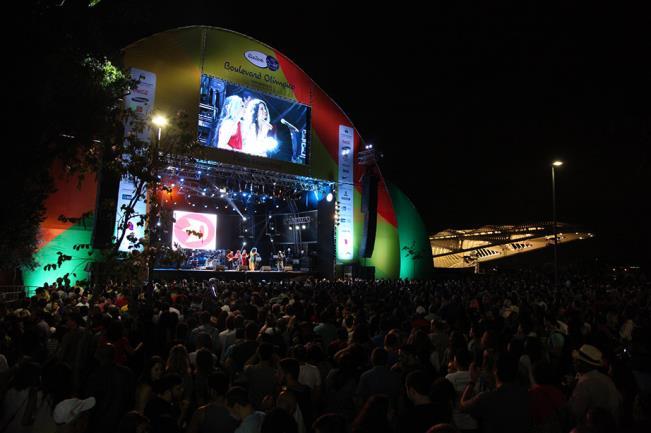
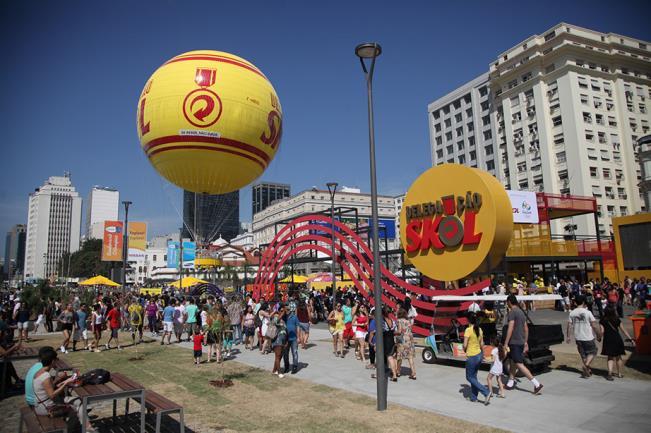
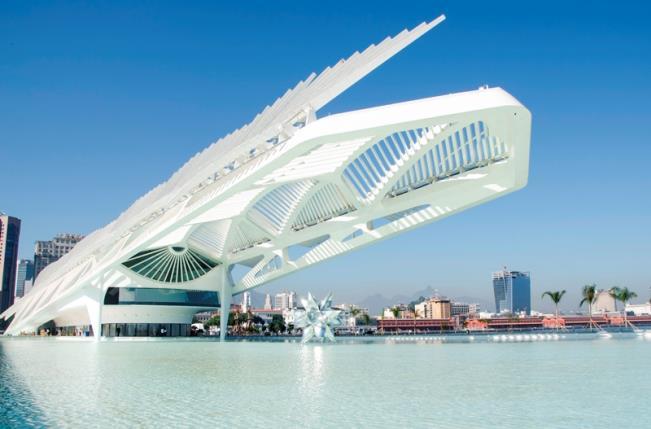
As Tokyo Governor Yuriko Koike observed the cultural program's success at the Rio Games and commented on wanting to establish similar venues for the Tokyo Olympics, the "Olympic Boulevard" functioned as a centralized location to enjoy cultural projects. Concentrating venues can improve operational efficiency and reduce labor costs, enhance convenience for tourists unfamiliar with the area, and allow the "Olympic Boulevard" itself to become a symbol, potentially serving as a tourism resource as a legacy. On the other hand, the cultural program for this Games seemed to lack the nationwide enthusiasm seen during the London Olympics. Further analysis is needed, but concentrating many cultural projects at the "Olympic Boulevard" may have encouraged a focus solely on Rio, potentially becoming a barrier to spreading the excitement to other Brazilian cities.
From Brazil to Japan: Bridging Cultural Programs
How will the Rio Olympics, which also served as a cultural festival, be bridged forward? In fact, beyond the flag handover ceremony at the closing ceremony, leading projects spearheaded by entities like the Tokyo Metropolitan Government have already begun.
The "Tokyo Caravan," conceived by director Hideki Noda, held a public workshop at Komazawa Olympic Park last October. Its performances, blending theater, visual arts, Noh, fashion, traditional performing arts, and contemporary art, became a hot topic. Furthermore, from August 18th to 21st in Rio, a "Cultural Convergence Workshop" was held, bringing together Japanese and local artists to transcend borders, language, and culture. Moving forward, Tokyo Caravan will appear in Fukushima, Miyagi, and various other locations both domestically and internationally, staging its "cultural circus." A performance event is also scheduled for Roppongi Art Night in late October ( Arts Council Tokyo, August 3 ).

Additionally, two reading projects are being conducted locally. "TURN," supervised by artist Katsuhiko Hibino, involves artists active in Japan and Brazil staying in São Paulo. They are creating works themed around traditional crafts while interacting with residents of welfare facilities. Furthermore, a live event titled "TOHOKU & TOKYO in RIO" was held on the stage of the Olympic Boulevard in Rio's historic city center. This event expressed gratitude to the world for the recovery of "Tokyo" and the Tohoku region, affected by the Great East Japan Earthquake. Performances of traditional performing arts from Tokyo and Tohoku (Edo Tobi Kiyari, Fukushima Jangara Nenbutsu Odori, Iwate Oni Kenbu) and modern Japanese culture such as cosplayers were presented from Japan ( Arts Council Tokyo, July 15 ).
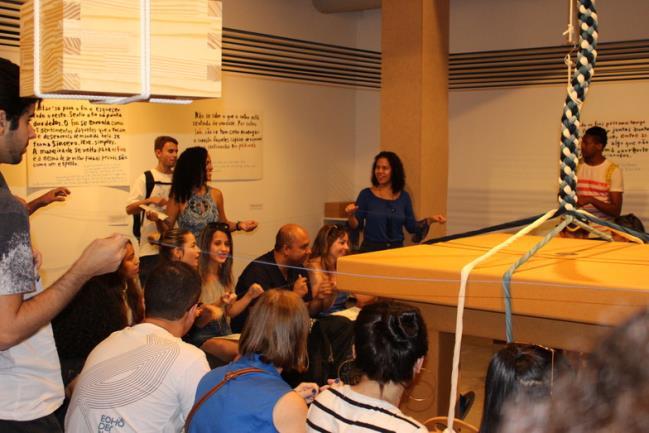
Additionally, the Japan Foundation held the art exhibition "The Emergence of Contemporary: Japanese Avant-Garde Art 1950-1970" at the Paseo Imperial Museum in Rio's Old Town from July to August, introducing Japanese postwar art to Brazil for the first time. Focusing on groups like "Gutai" and "Jikken Kobo" that are attracting attention in the global art world, the exhibition featured a new Rio version of architect Arata Isozaki's "Incubation Process," originally presented in 1962 just before the Tokyo Olympics, and new works by Kishio Suga, a representative of the "Mono-ha" movement. It looked back on Japan's vibrant society and art of that era while looking toward the future of Tokyo 2020. ( The Japan Foundation, June 1 ).
Reviewing the cultural programs implemented during the Rio Olympics, it became clear that this Games served not only as a sporting event but also as a festival of art, broadening access for the general public and generating tremendous excitement through greater participation. Moving forward, cultural programs for Tokyo 2020 will likely be implemented across various locations within Japan. We, the members of "Bijutsu Circuit," intend not only to participate as audience members but also to engage with these cultural programs in various ways. We aim to reexamine Japanese culture and contribute to communicating its value to the world.
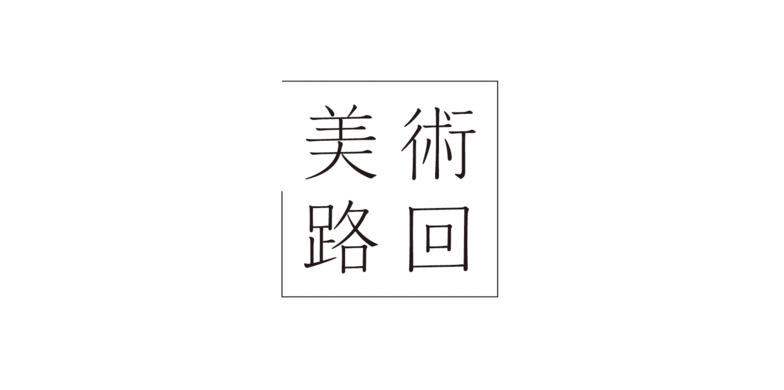
Project inquiries: Bijutsu Circuit kairo@dentsu.co.jp
Was this article helpful?
Newsletter registration is here
We select and publish important news every day
For inquiries about this article
Back Numbers
Author

Hiroshi Onishi
Tokyo University of Science
School of Business Administration
Associate Professor
Earned a Ph.D. in Marketing from the Ross School of Business at the University of Michigan. Assumed current position in April 2016. Specializes in research on the application of social media in marketing. Also developed an interest in contemporary art during his time in the United States and is engaged in scientific research on the art market using marketing theory. Recipient of numerous awards including the Japan Operations Research Society's "Case Study Award," the ESOMAR Asia Pacific Conference's "Best International Research Presentation Award," and the Leo Burnett Fellowship.